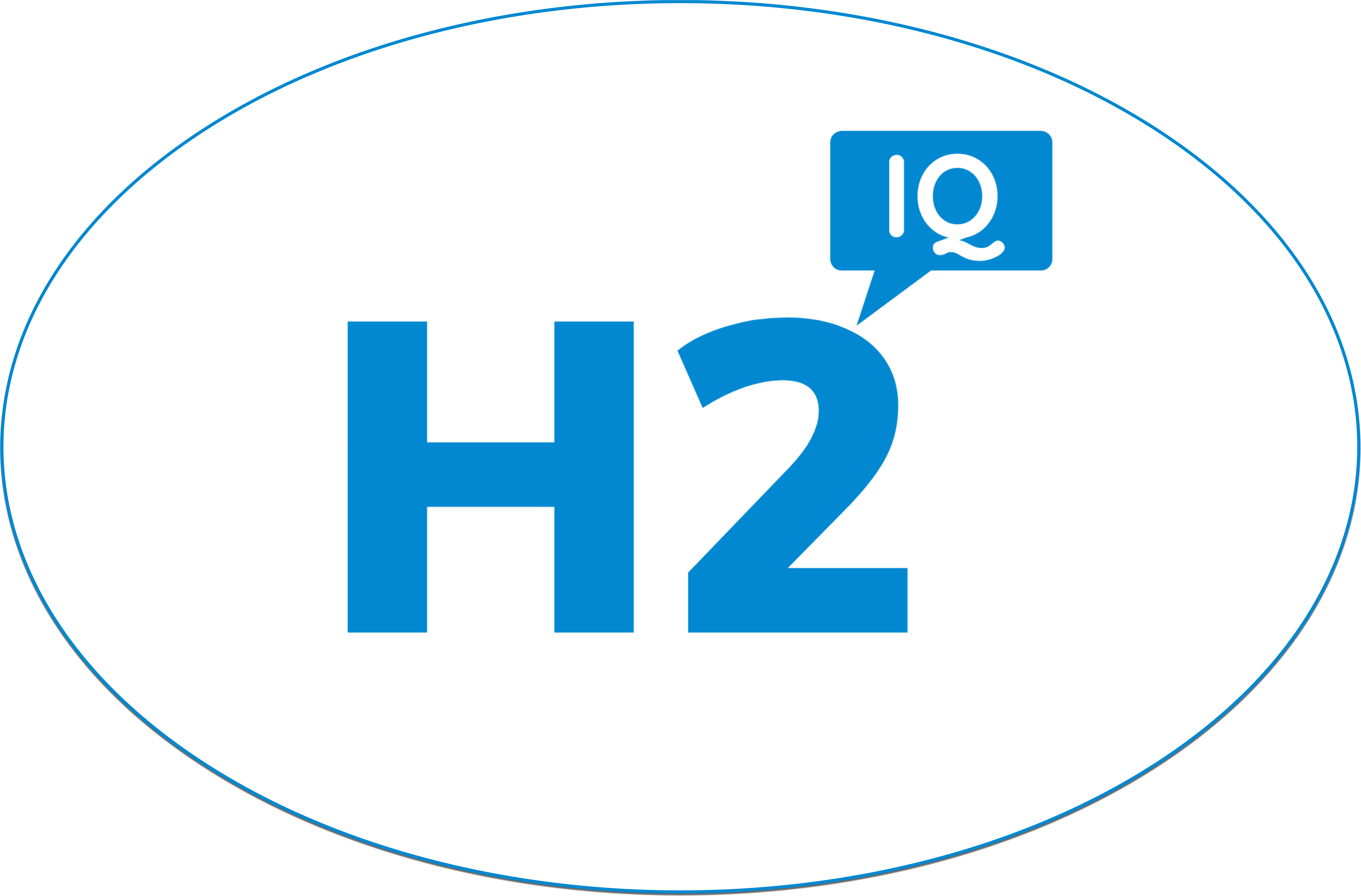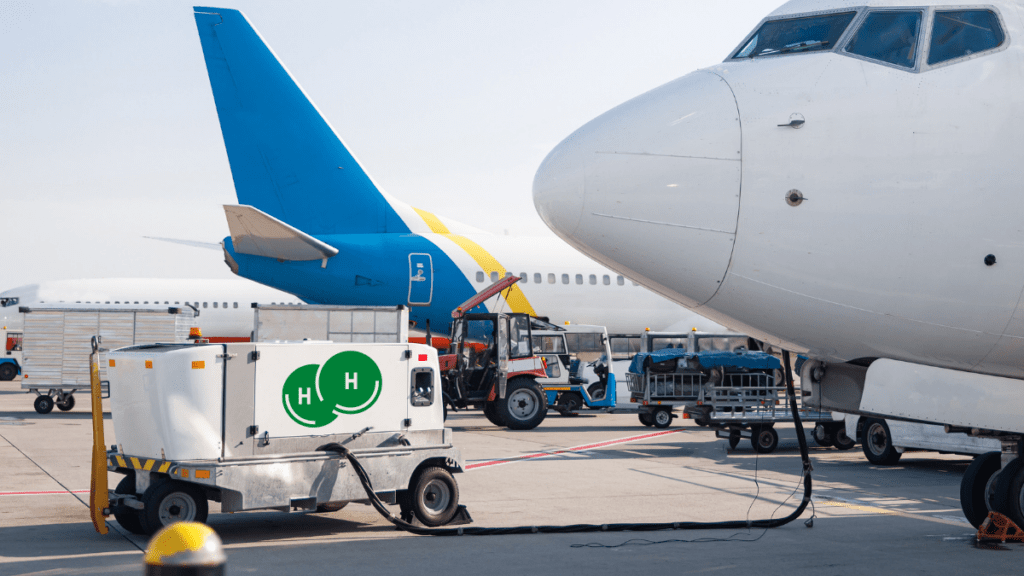
Channel Infrastructure (CHI) and Fortescue Future Industries (FFI) have today announced that they will progress further investigation into the development of a green hydrogen manufacturing facility at Marsden Point to produce synthetic Sustainable Aviation Fuel (eSAF) that could supply c.60 million liters of eSAF per year – equivalent to more than three per cent of the pre-Covid annual jet fuel requirements for the aviation sector in New Zealand.
The eSAF project, if feasible, would be one of the first at-scale projects in the world to produce eSAF – an alternate to biomass feedstock-based fuels.
FFI will now progress its study to the pre-feasibility phase, which will include more detailed engineering and design studies and developing further detail on the economic viability of the project, following a successful scoping study that assessed the overall viability of producing eSAF for the domestic market at Marsden Point.
The pre-feasibility study will include further analysis of the project’s benefits to New Zealand, including the potential provision of large-scale demand response, enabling power to be released to the grid when most needed. This can support grid reliability and benefit consumers with lower market power prices.
FFI has also signed a Memorandum of Understanding with Air New Zealand to further their mutual interest in investigating eSAF production and eventual use in New Zealand, with the initial focus being on Air New Zealand becoming the foundation customer for eSAF produced through the Marsden Point project once it becomes commercially available and economically viable.
The pre-feasibility phase of the project is being supported by the government through EECA (the Energy Efficiency and Conservation Authority). Underpinning government support is the potential demand response benefits that the facility could provide to the electricity market and, ultimately New Zealand businesses and households. Demand response, at this scale, could accelerate the uptake of renewable energy and will play an important role in the transition to a low-emissions economy. EECA is also supportive of developing a greater understanding of the opportunity to domestically produce eSAF, made from renewable sources of energy, and the decarbonization opportunity eSAF could provide to the aviation sector in NZ.
Commenting, Channel Infrastructure CEO, Rob Buchanan, said:
“Throughout our transition, Channel Infrastructure’s priority has been to assess every opportunity to utilise the existing assets and infrastructure that we have at Marsden Point to support a stable and secure fuels supply chain. At the same time, we want to pursue opportunities that have the potential to contribute to New Zealand’s wider decarbonisation efforts and energy transition, and bring the potential for new jobs for Northlanders. During the next phase we will work with FFI on developing the commercial model for Channel, including how we leverage our strategic asset base, available land at Marsden Point and our pipeline to Auckland for this exciting project.”
FFI CEO Mark Hutchinson, said:
“Aviation is one of the few sectors in the world to have an industry and UN-backed goal of net-zero carbon by 2050. Airlines are relying on Sustainable Aviation Fuel as the most critical component of the industry’s roadmap. This project would position FFI as a first mover in the eSAF market, which we believe is a valuable global market for FFI. For New Zealand, domestic eSAF production would provide a greater degree of fuel security and support development of the local green hydrogen industry.”
The Energy and Resources Minister Dr Megan Woods, said:
“This is exactly the kind of world-leading innovation that could make a big difference in low-emission transport and travel. Our Government is pleased to support the investigation of technologies that will help shift us away from the use of fossil fuels, and toward a highly renewable energy system.”
Confirming details of the next stage, FFI and Channel can today confirm the pre-feasibility study will investigate a 300MW, 60 million litres per year eSAF production facility at Marsden Point, with the eSAF to be distributed via the existing Marsden Point-Auckland Airport supply chain.
The eSAF that would be produced annually is equivalent to the amount of fuel used by approximately 20,000 flights by any airline from Auckland to Wellington, or 500 flights from Auckland to Los Angeles.
The proposed production facility would use electrolyzers to produce 35,000 tonnes per year of green hydrogen, and utilize a Fisher-Tropsch process to produce eSAF. New renewable electricity generation projects would be developed with a range of partners to provide the power required. FFI has entered into MOUs with renewable energy generators, including Mercury, Manawa Energy, Top Energy and Yinson Renewables, to support the provision of renewable electricity.
The eSAF would be blended onsite at Marsden Point with imported Jet-A1 for integration into the Marsden Point-Auckland Airport supply chain.
About eSAF
eSAF is a synthetic aviation fuel, which can be produced by combining green hydrogen and carbon dioxide to produce a hydrocarbon from which Sustainable Aviation Fuel can then be produced. It is a drop-in fuel that can be easily stored, transported and distributed using existing infrastructure. eSAF overcomes the constraint of sourcing sufficient quantities of feedstock and does not compete with food production.
In December 2021 FFI and Channel Infrastructure announced a Memorandum of Understanding to investigate the commercial and technical feasibility of production, storage, distribution, and potential export of industrial-scale green hydrogen from Marsden Point. This is the next stage in this project.
According to the Mission Possible Partnership’s Making Net Zero Aviation Possible report, current projects in the pipeline for SAF production are insufficient and need to be scaled up by a factor of 5-6 until 2030 to enable the massive scale-up that will be required to achieve net zero by 2050.





